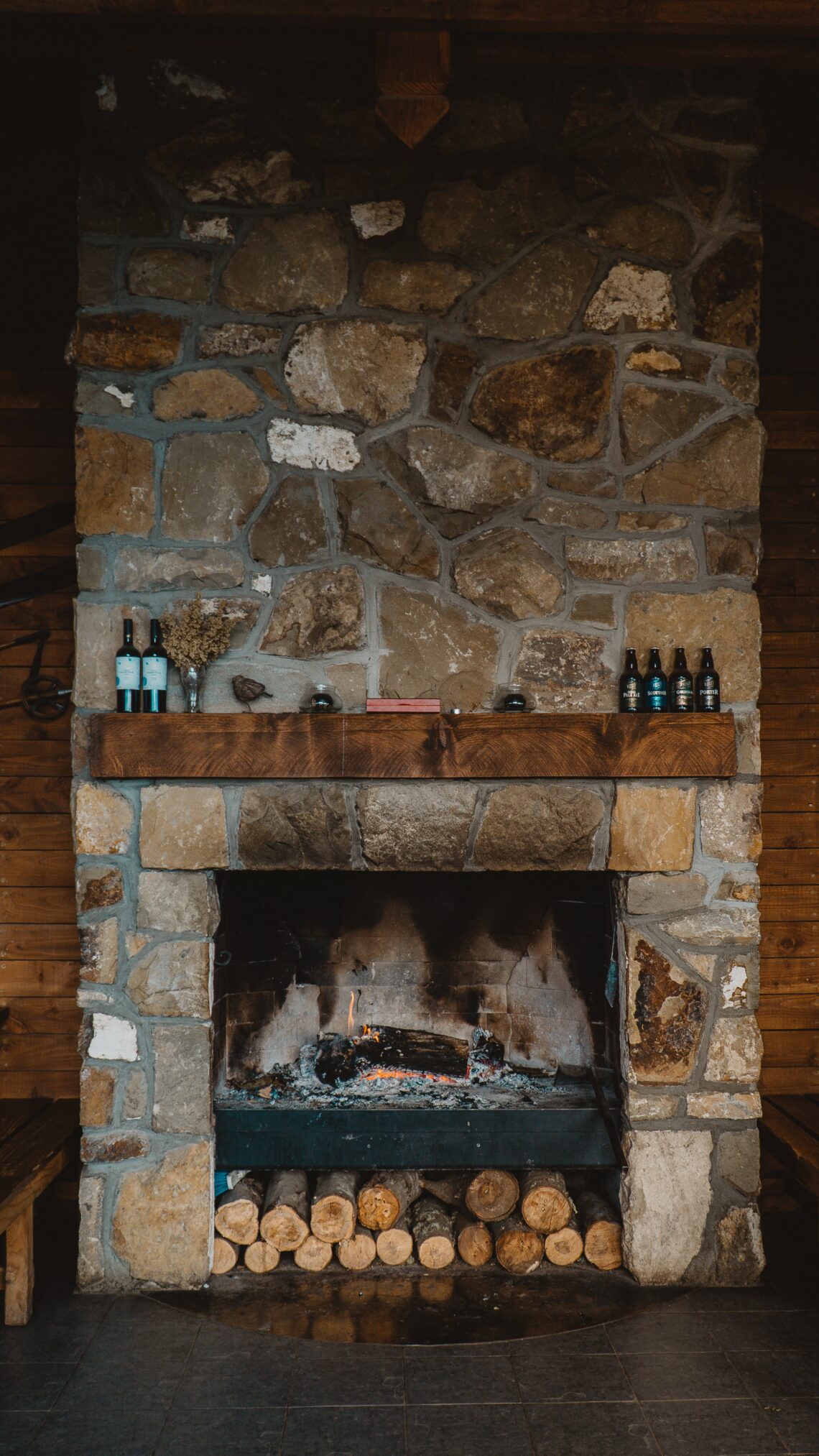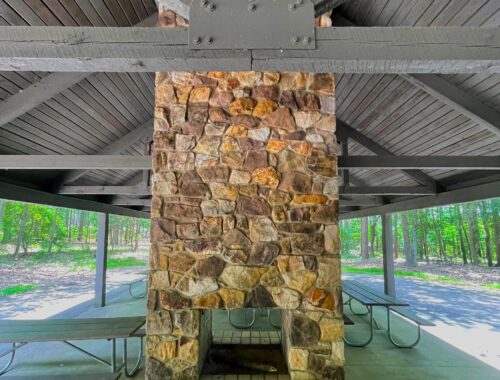
What are the cons of outdoor fireplace?
While outdoor fireplaces can be wonderful additions to your outdoor living space, they also come with some potential drawbacks and cons that you should consider before installing one. Here are some common disadvantages of outdoor fireplaces:


Cost: Outdoor fireplaces can be relatively expensive to install, especially if you choose high-end materials or opt for a custom design. The cost includes not only the fireplace itself but also installation, permits, and potential modifications to your outdoor space.
Maintenance: Outdoor fireplaces require regular maintenance to keep them safe and functional. This may involve cleaning out ashes, inspecting for wear and tear, and ensuring proper ventilation. Neglecting maintenance can lead to safety issues and reduced longevity.
Fire Hazards: Outdoor fireplaces, especially wood-burning ones, come with inherent fire risks. Sparks can fly out of the fireplace, posing a risk to nearby structures, vegetation, and people. Proper safety precautions, such as screens and safety barriers, are necessary to mitigate these risks.
Smoke and Emissions: Wood-burning fireplaces produce smoke and emissions that can be bothersome to neighbors and may run afoul of local regulations or ordinances. Gas or electric fireplaces produce fewer emissions, but they may still have some impact on air quality.
Limited Heat Output: While outdoor fireplaces provide heat, their heat output can be limited, especially in larger outdoor spaces or during extremely cold weather. They are more suitable for creating ambiance and warmth in close proximity rather than heating an entire outdoor area.
Space Requirements: Outdoor fireplaces take up space in your outdoor living area. Depending on their size and location, they may limit the flexibility of your outdoor space for other activities or furnishings.
Installation Constraints: The installation of an outdoor fireplace may require permits and adherence to local building codes and regulations. You may also need to consider factors like clearances from structures and property lines.
Fuel Costs: If you have a wood-burning fireplace, the cost of firewood can add up over time. Gas fireplaces require a gas supply, which may come with its own costs.
Weather Dependency: Outdoor fireplaces may be less enjoyable during inclement weather, such as heavy rain, strong winds, or extreme cold. You may need to consider additional features like pergolas or covers to protect the fireplace and its users.
Limited Cooking Options: While some outdoor fireplaces are designed for cooking, they have limitations compared to dedicated outdoor kitchens or grills. Cooking over an open flame may not be as convenient or versatile.
Environmental Impact: Wood-burning fireplaces have an environmental impact due to the consumption of wood and emissions. Gas and electric fireplaces are generally more environmentally friendly options.
Resale Value: While some buyers may appreciate the presence of an outdoor fireplace, others may not see it as a significant selling point. The impact on your property’s resale value can vary.
You May Also Like

Do outdoor fireplaces give off heat?
October 4, 2023


